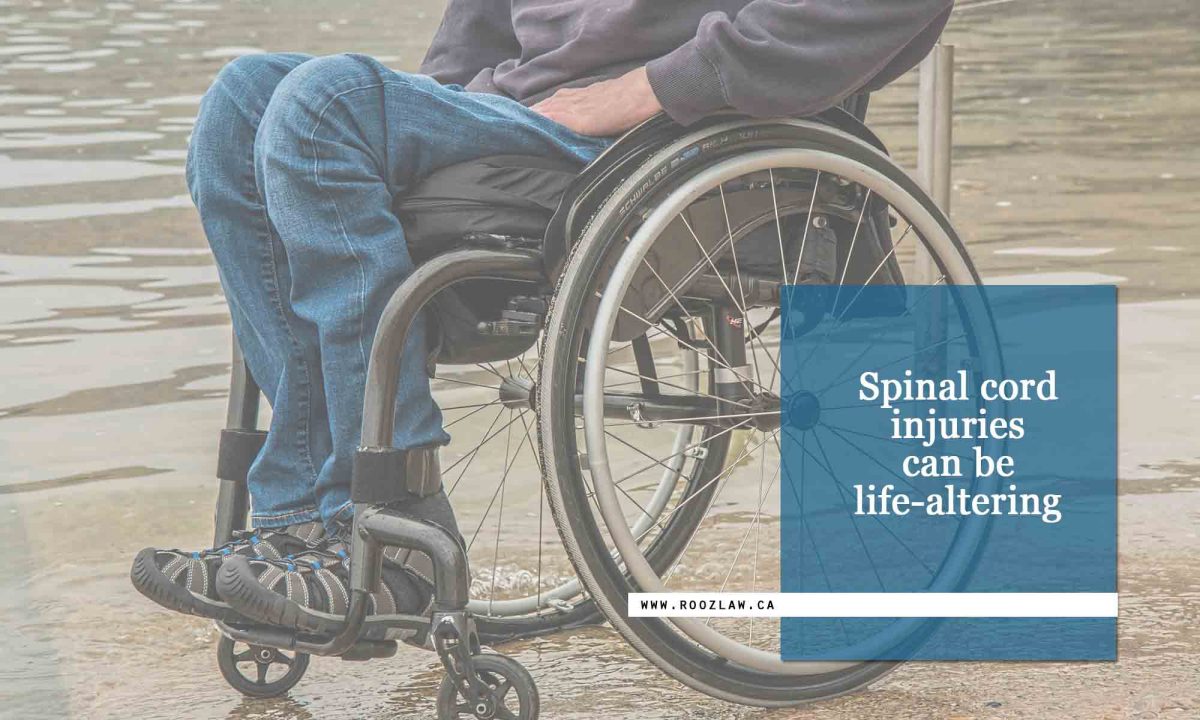Accidents can be traumatic (even minor ones), and many people don’t know that they may be eligible for compensation. A personal injury lawyer can help you manage the sometimes confusing legalities and will fight for your rights. Knowing someone is in your corner during such a stressful time can provide peace of mind as you recover.
After an accident, always seek medical attention first and make your safety the top priority. The next step is to call a personal injury lawyer who will guide you through the legal process and fight for the compensation that you deserve.
Time Limits You Should Understand
In Ontario, you have seven days to report a motor vehicle accident to your insurance company, even if you’re not at fault. Failure to do so can result in the insurance company delaying your claim. (While Ontario has no-fault insurance, this simply means that each party’s insurance will handle its own client’s claims. Fault may still be investigated and could affect your policy, rates, and ability to claim further damages.) Regardless of fault, you may still be owed benefits and a personal injury lawyer can make sure that you get them.
According to the law, you also have:
- 10 days to notify a municipality of a slip and fall accident.
- 10 days to report a motor vehicle accident due to poor driving conditions on a highway.
- 30 days to apply for accident benefits from your insurance company.
A personal injury lawyer is well versed in these time frames and will guarantee that they are met so you receive proper medical and financial assistance.
What to Do at the Scene of an Accident
Knowing what to do at the scene of an accident can go a long way toward proving liability later. While not always pleasant to consider, having an idea of what to do and what to expect will be beneficial in the long run.
Things to remember after a motor vehicle accident:
- Stay calm and don’t apologize. It’s not always clear who or what actually caused an accident, so refrain from apologizing. Saying “I’m sorry” could be construed as an admission of liability and used against you when determining compensation.
- Remain at the scene of the accident. Failure to do so could lead to charges filed against you.
- Report the incident. You are required by law to report the incident to police under certain conditions, such as damage exceeding a cerain amount, injury, or if you suspect that someone involved is guilty of a crime (e.g. DUI).
- Do not move anyone if there are injuries. Even if injuries are not readily apparent, seek immediate treatment from a doctor or paramedic. Injuries caused by direct impact (like those sustained in a car accident) could lead to long-term disability.
- Take pictures of vehicle damage, the accident scene, and any injuries you’ve sustained. Record and document as much of the scene as you can. Doing so will be beneficial later on and help your lawyer deal with the claims process.
- Call your insurance company as soon as possible after the accident. Visit the Financial Services Commission of Ontario for information on filing an insurance claim. It is best to retain a lawyer as early as possible so the lawyer can assist with the reporting as well.
- Call a personal injury lawyer. Call a lawyer soon after you’ve been treated, but don’t wait too long. Hiring a lawyer will ensure that legalities are handled in a timely fashion and he/she will represent you and your interests at every step along the way.
- Call or visit a Collision Reporting Centre within 24 hours. If you are involved in an accident that involves property damage, or if the police did not attend the scene of an accident involving injuries, you must notify the police. Filing a report can be done at a Collision Reporting Centre.
What to do if you’ve been involved in a slip and fall accident:
- Seek medical attention. Before doing anything else, get help. Make sure that you haven’t sustained injuries that could lead to long-term disability, particularly if you’ve hurt your back. Time is of the essence with spinal cord injuries, so take care of yourself first.
- Take notes and pictures of whatever hazard caused your fall. Your lawyer will need an accurate depiction of how the accident scene looked when you were injured. Take detailed pictures or recordings from several angles, and write down exactly how the area appeared at the time. If your fall was weather-related, you will need to show that outdoor conditions were a contributing factor. Weather varies day to day and sometimes changes very quickly, especially in winter; having documented proof of the presence of ice or snow at the accident scene can help your case.
- Get names and contact information of any witnesses.
- Wear proper footwear. Always take the proper precautions to reduce your risk of a slip and fall accident, including wearing appropriate footwear. A judge can decide that there is evidence of “contributory negligence” if you were not wearing the right shoes for the weather conditions or environment in which you fell. You may not be entitled to collect any damages if this occurs.
- Call a personal injury lawyer. Experts are there to help. A slip and fall that could have been prevented if a property owner or municipality had taken greater safety measures can lead to a lifetime of health problems. Know your rights and get the compensation you need and deserve.
Accidents Can Happen: Be Prepared
Accidents are unpredictable and we may not always be prepared to deal with the aftermath. Between the shock of the accident and the understandable emotion and hardship that accompanies it, it’s best to reach out to those who understand the law best. A personal injury lawyer by your side can ease your mind, and make a potentially difficult and painful situation much more bearable.
If you’ve been hurt in an accident in North York or Toronto, call the personal injury lawyers at Rooz Law. We will help you navigate the legal process and fight for the compensation you deserve. Call us at (416) 229-6000.





